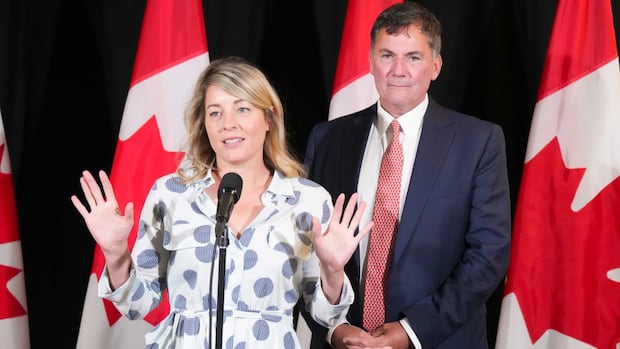Cracks in Ontario’s economy were starting to show before Trump’s tariffs

Amidst the chaos of ongoing election campaigns at both the provincial and federal levels, the economic woes of Ontario seem to have gone unnoticed. Since January, the province’s economy has been showing signs of fragility, even before the impacts of U.S. President Donald Trump’s tariffs began to take effect. According to Statistics Canada, Ontario’s unemployment rate was 7.6 per cent in January, 7.3 per cent in February, and 7.5 per cent in March, making it one of the highest in the country, second only to Newfoundland and Labrador.
The real GDP growth of Ontario was a mere 1.2 per cent in 2024, indicating a sluggish economy. A survey conducted for the Ontario Chamber of Commerce revealed that only 15 per cent of businesses felt confident in the province’s economy in February, down from 26 per cent in December. With the looming threat of U.S. tariffs impacting Ontario’s export-oriented industries, the situation has become even more dire.
Daniel Tisch, the president and CEO of the Ontario Chamber of Commerce, expressed concerns about the negative impact of U.S. tariffs on businesses in the province. He noted that many companies are deferring decisions to expand, invest, and hire new employees, which is not a positive sign for the economy. The Chamber’s 2025 economic report emphasized the vulnerability of Ontario’s economy, urging caution in handling it.
Despite some positive indicators at the end of 2024, such as rising consumer confidence and spending, the economic growth momentum was abruptly halted. The big banks have slashed their growth forecasts for Ontario, with TD predicting a real GDP growth of one per cent, RBC forecasting 1.2 per cent, and Scotiabank expecting 1.3 per cent growth. The Financial Accountability Office of Ontario has warned that U.S. tariffs could result in 119,000 fewer jobs in Ontario by next year.
Premier Doug Ford has acknowledged the threat that tariffs pose to jobs and the economy but has been less vocal about the underlying issues that were affecting Ontario’s economy before the tariffs. The decline in the tech sector, slowdown in construction, and reduced immigration numbers were identified as key factors contributing to the sluggishness of the economy by experts like economist Armine Yalnizyan.
Despite the challenges, there are opportunities for the provincial government to support affected workers and businesses. Measures such as tax deferrals, rebates, and cutting down trade barriers have been introduced by the Ford government. However, experts like Yalnizyan and Tisch believe that more comprehensive measures are needed, such as a review of taxation and regulations, increased investment in post-secondary education, and focus on affordability of basics like housing and child care.
As the provincial budget is set to be tabled on May 15, and with the federal government yet to announce a budget date, all eyes are on the government’s response to the economic challenges facing Ontario. It is crucial for policymakers to take proactive steps to mitigate the impact of tariffs and strengthen the resilience of the province’s economy in the face of uncertainty.




